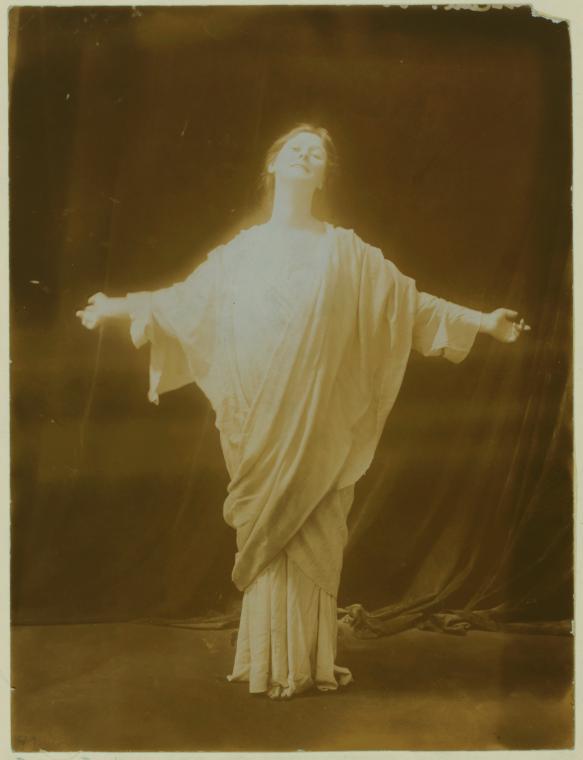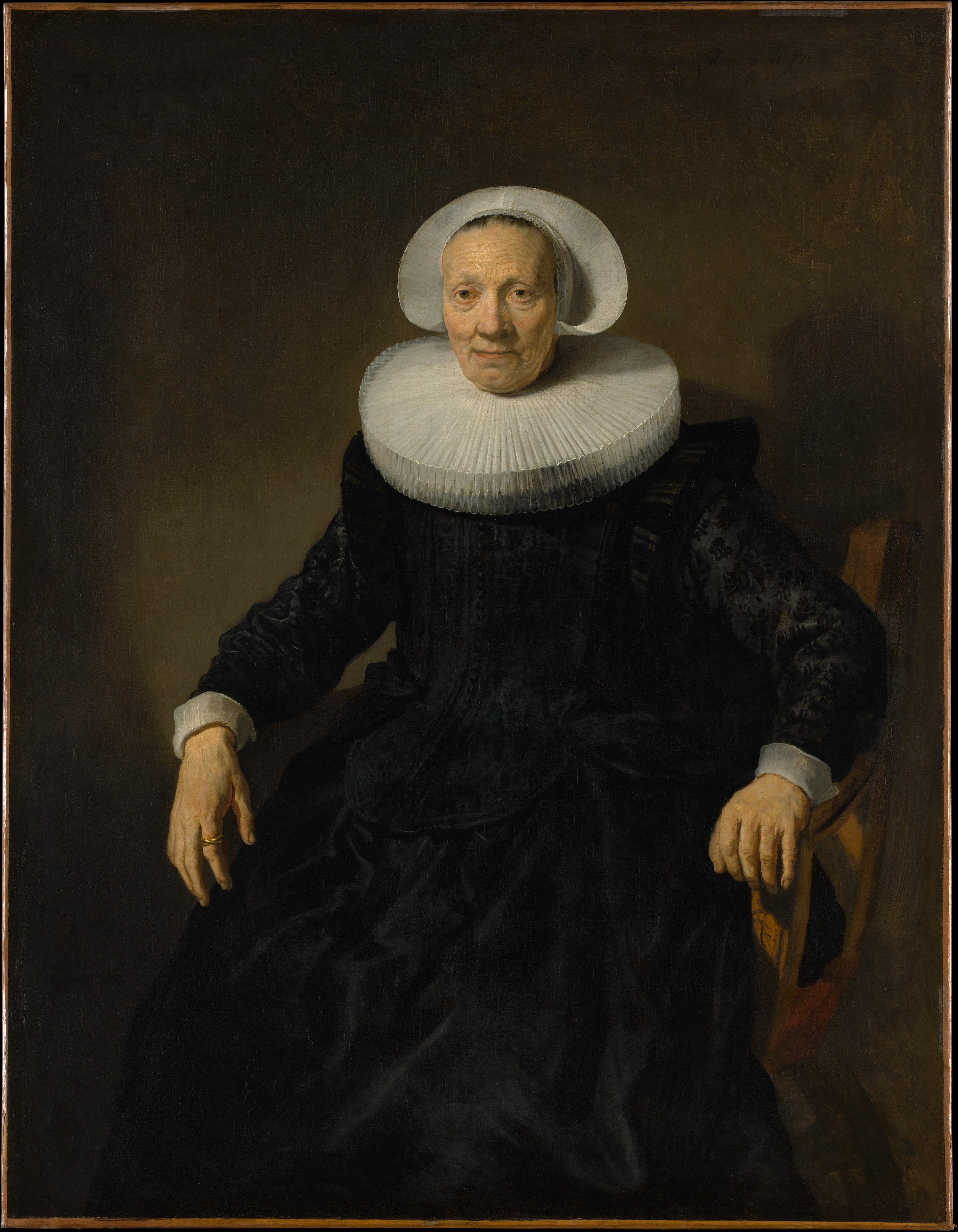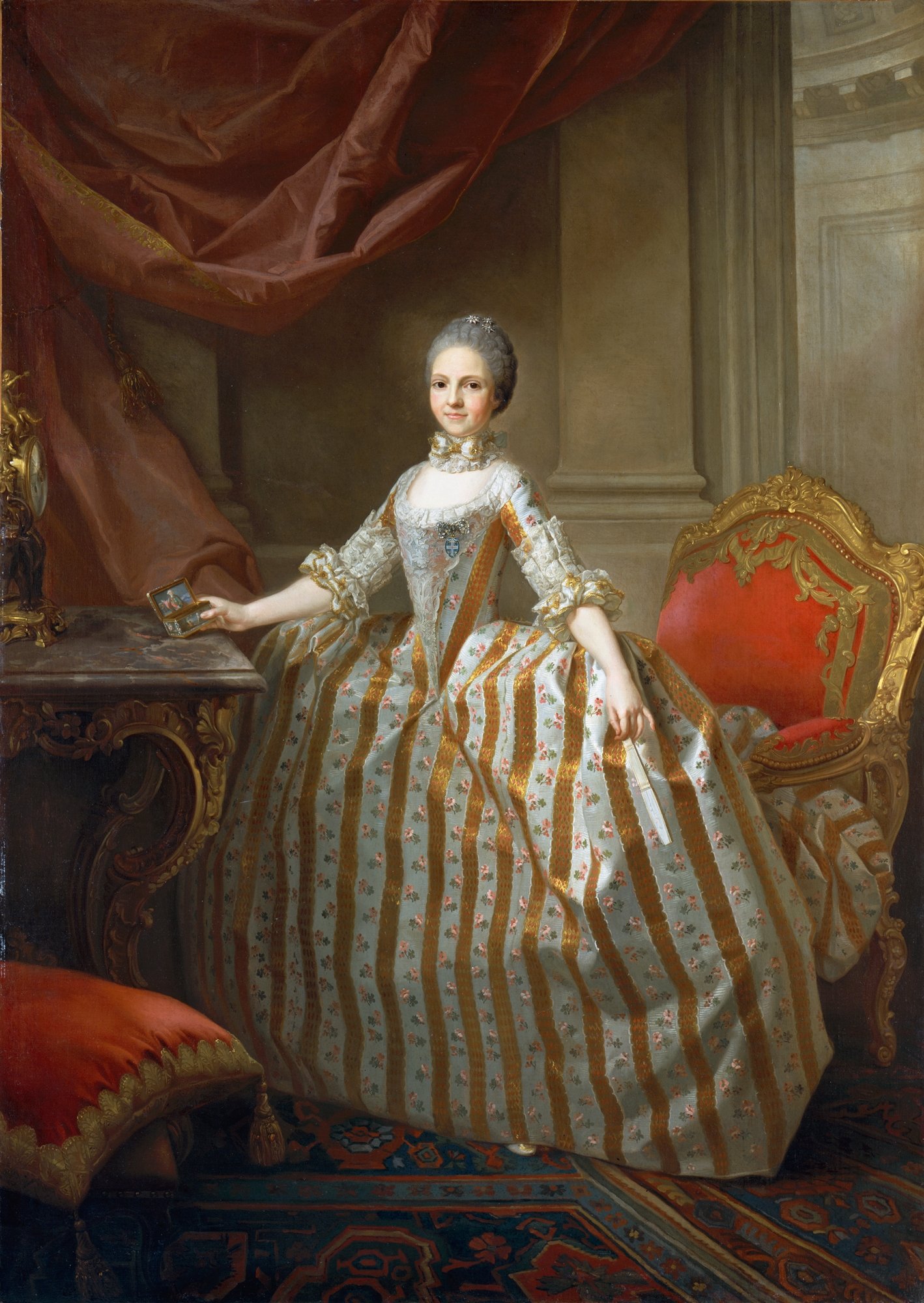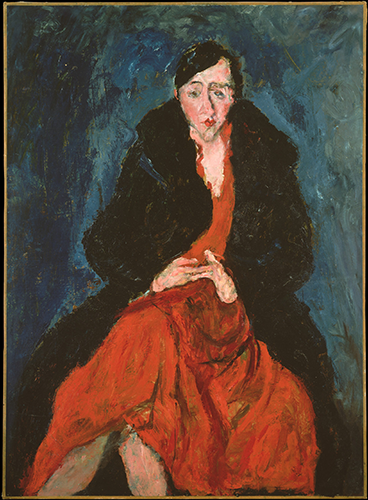Produced for K-12 educators, Teach This Poem features one poem a week from our online poetry collection, accompanied by interdisciplinary resources and activities designed to help teachers quickly and easily bring poetry into the classroom. The series is written by our Educator in Residence, Dr. Madeleine Fuchs Holzer, and is available for free via email.

“Duncan, Isadora 49.” Jerome Robbins Dance Division, The New York Public Library. New York Public Library Digital Collections. http://digitalcollections.nypl.org.

“Old Woman in an Armchair,” attributed to Jacob Backer (1608-1651). Oil on canvas. Bequest of Benjamin Altman, 1913. www.metmuseum.org

“Maria Luisa of Parma” by Laurent Pécheux (1729-1821). Oil on canvas. Bequest of Annie C. Kane, 1926. www.metmuseum.org

“Portrait of Madeleine Castaing” by Chaim Soutine (1893-1943). Oil on canvas. Bequest of Miss Adelaide Milton de Groot. www.metmuseum.org
- Project the image of Isadora Duncan above for your students to see, alongside the additional three images in the slideshow.
- Ask your students to look carefully at each image and to write down what strikes them about the clothing of the person depicted. Then ask them to think about which type of clothing they might see a ghost wear.
- Ask your students to gather in small groups and share their thoughts about ghostly costumes. Ask them to back up these opinions with what they already know or imagine about ghosts.
- Project the poem “Ghosts and Fashion” so your students can read it easily. Ask your students to read the poem silently twice. The first time, they should read it straight through. The second time, ask them to write down the words and phrases that jump out at them. Make sure they include the words they don’t know so you can go over them later in the lesson.
- Ask a student to read the poem aloud to the class. The listening students should write down new words and phrases that jump out when they hear the poem read. Ask another student to read the poem aloud, and repeat the same process.
- Ask your students to discuss the poem in pairs. How do the last three lines differ from the rest of the poem? Remind them to cite the notes they took while reading and listening to the poem.
- Ask your students to use their imaginations to write how they, like visual artists and poets, would clothe the “ghost” of a loved one. How will the clothes the ghost wears tell us something more about the person?
